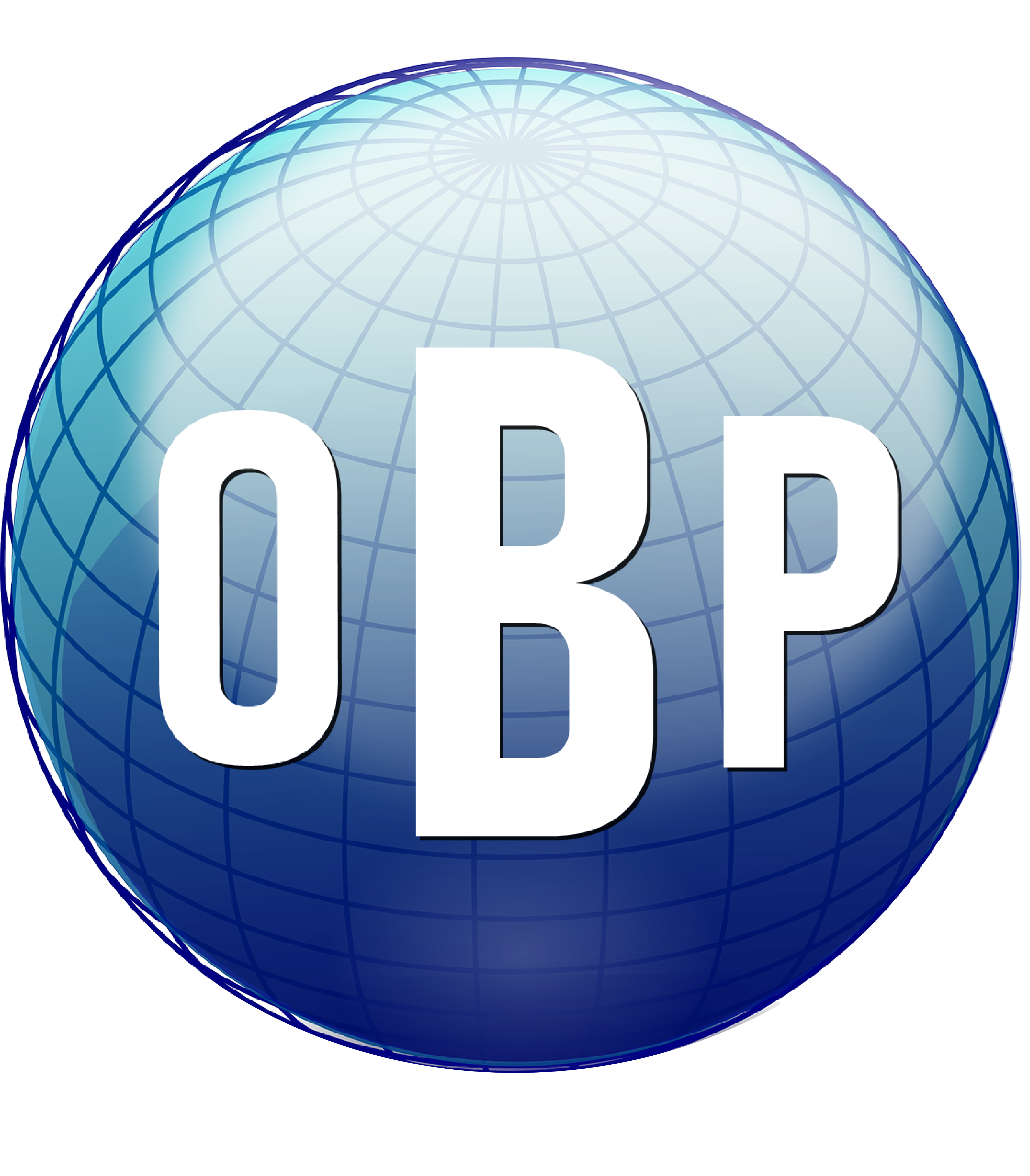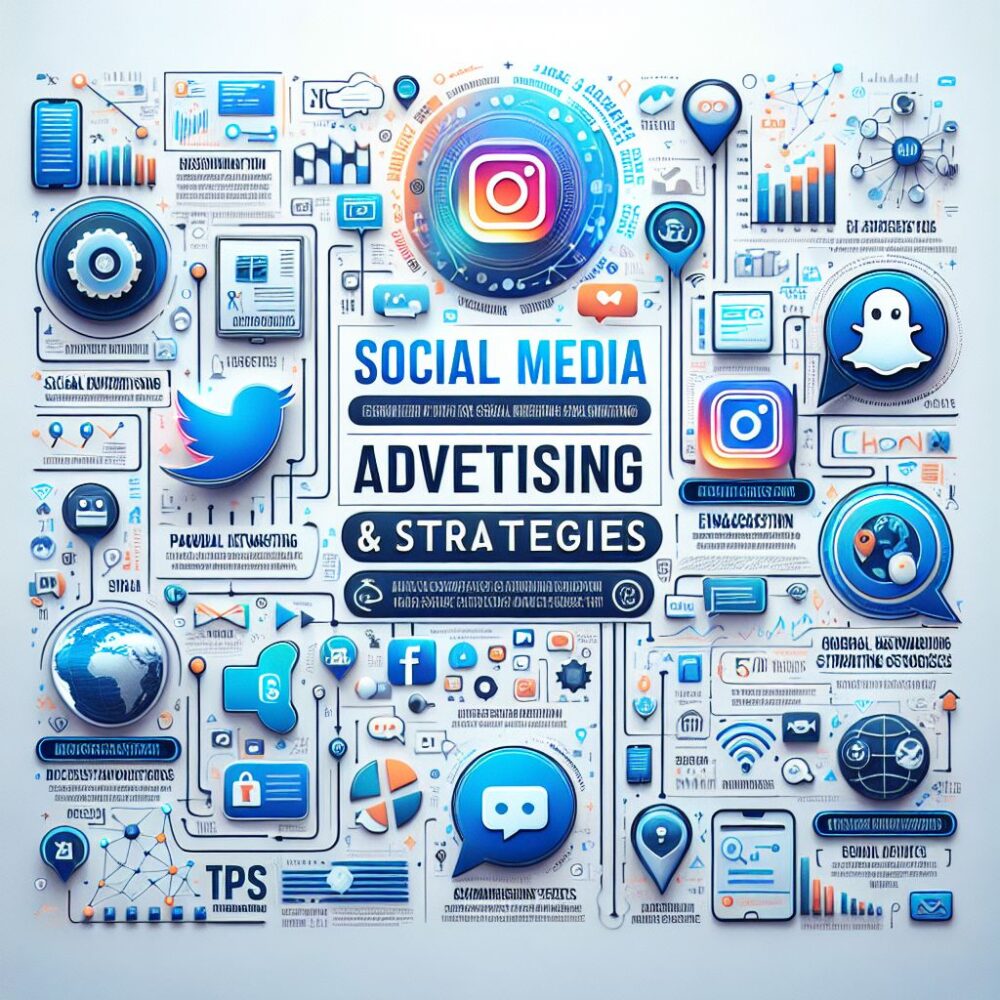Unlock the potential of your passion with our guide to making money through blogging. Learn how to identify a profitable niche, create engaging content, and grow your blog’s traffic using SEO and social media strategies. Discover diverse income streams like advertising, affiliate marketing, and sponsored content. Transform your blog into a thriving business by offering digital products, memberships, and consulting services. Start monetizing your blog today and turn your passion into profit!
Key Takeaways
- Identify a profitable niche to focus your blogging efforts and attract a dedicated audience.
- Create high-quality, engaging content that provides value and encourages sharing.
- Grow your blog’s traffic through proven SEO techniques and social media engagement.
- Diversify your income streams by utilizing advertising, affiliate marketing, and sponsored content.
- Expand your blog into a business by offering digital products, memberships, and consulting services.
Turn Your Blogging Hobby Into Income
Let’s face it, blogging isn’t just about sharing your thoughts with the world anymore. It’s about turning your passion into profit and your hobby into a thriving business. But how exactly do you go from zero to financial freedom through blogging? I’m here to walk you through the steps that can help you monetize your blog and achieve the financial independence you’ve been dreaming of.
Most importantly, remember that making money through blogging isn’t a get-rich-quick scheme. It takes time, effort, and a smart strategy. But with the right approach, it’s definitely achievable. Let’s dive in.
Starting Smart with a Defined Niche
Choosing a niche isn’t just about writing what you love. It’s about finding a sweet spot where your passions meet the needs of a specific audience. Why? Because a well-defined niche can attract advertisers, create affiliate opportunities, and establish you as an authority. And that’s exactly what you want.
Producing Content That Captivates
Now, let’s talk content. To captivate your readers, you need to produce posts that solve problems, entertain, and inform. It’s not just about what you want to write, but what your readers are hungry for. This is the key to getting your content shared and expanding your reach organically.
Building a Community of Engaged Readers
Engagement is the currency of the blogging world. You want readers who comment, share, and eagerly await your next post. Building this community is crucial, as it not only boosts your blog’s visibility but also creates a loyal fanbase that’s more likely to support your monetization efforts.
Monetization Methods That Work
When it comes to making money from your blog, variety is the spice of life. We’ll explore several methods, including advertising, affiliate marketing, and sponsored content. Each has its own set of advantages and can be a significant income stream if approached correctly.
Discover Your Blogging Goldmine: Finding a Niche
Finding the right niche is like discovering a goldmine. It can make all the difference in your blogging journey. But how do you find a niche that’s both profitable and enjoyable? It’s simple: research and validation.
Why Niches Lead to Riches
A niche helps you stand out in the crowded blogosphere. It’s your blog’s unique flavor that attracts a dedicated audience. When you focus on a specific topic, you become the go-to person for that subject, and that’s when advertisers and partners start taking notice.
Research and Validate Your Niche Choice
- Look for subjects you’re passionate about and that have a demand.
- Check out the competition to ensure the niche isn’t oversaturated.
- Validate your niche idea by analyzing search trends and audience needs.
For example, if you’re into eco-friendly living, you might focus on sustainable fashion or zero-waste cooking. These are specific areas within a broader topic that can attract a targeted audience.
It usually costs $5-$20 to purchase a domain, $50-$200 per year for hosting, and $100-$500 for brand design. These are the initial investments you’ll need to make to get your blog up and running.
Top Niche Ideas to Get You Started
Here are some top niche ideas that are currently trending and have proven to be profitable:
- Health and wellness
- Personal finance and investing
- Technology and gadgets
- DIY crafts and home improvement
- Travel and adventure
Remember, the key is to be as specific as possible. For instance, instead of just “travel,” focus on “budget travel for solo backpackers” or “luxury family vacations.” The more specific your niche, the more you can tailor your content and monetization strategies to meet the needs of your audience.
Understanding What Your Audience Craves
To create content that resonates, you must first understand what your audience craves. This means diving deep into their challenges, desires, and the questions they’re asking. You can use tools like Google Trends, social media listening, and even direct surveys to gather this information. Once you know what your audience is looking for, you can tailor your content to meet those needs.
For instance, if you’re in the personal finance niche, your audience might be craving simple ways to save money, investment tips for beginners, or strategies to pay off debt. By providing valuable solutions to these problems, you establish trust and credibility with your readers.
Keys to Writing Posts That Get Shared
The secret sauce to writing share-worthy posts is a mix of value, relatability, and shareability. Your posts should not only inform but also evoke emotions and prompt action. Think about what makes you share a post. It’s usually because it’s helpful, inspiring, or entertaining. Aim to evoke these same responses with your content.
Here’s an example: “When Sarah shared her story of paying off $30,000 in debt within a year by implementing simple budgeting strategies, it wasn’t just her success that resonated with readers – it was her transparency about the challenges she faced along the way.”
Consistency and Content Calendars
Consistency is key in blogging. It helps with SEO, keeps your audience engaged, and establishes a rhythm for both you and your readers. A content calendar is a blogger’s best friend for maintaining this consistency. It allows you to plan out your posts, balance your content types, and ensure you’re covering a variety of topics that resonate with your audience.
Plan your content calendar a month in advance, but be flexible enough to adapt to trending topics or audience feedback. Besides that, a content calendar helps you avoid last-minute scrambles for post ideas – something that can compromise the quality of your content.
Therefore, use tools like Trello, Google Calendar, or Asana to schedule your posts and keep track of your blogging workflow. This simple step can make a huge difference in your productivity and content quality.
Growth Hacking: Skyrocketing Your Blog Traffic
- Optimize your blog for search engines to increase organic traffic.
- Leverage social media platforms to share your content and engage with your audience.
- Collaborate with other bloggers to reach new audiences and build relationships.
Increasing your blog’s traffic is crucial for monetization. More traffic means more eyes on your content and more potential for income through various monetization strategies. Let’s explore how you can boost your blog’s visibility.
One of the most effective ways to grow your blog traffic is by guest posting on other blogs in your niche. This exposes your content to a new audience and can lead to a surge in traffic to your own site.
Another strategy is to be active in online communities related to your niche. Engage in forums, comment on other blogs, and participate in social media groups. This not only drives traffic back to your blog but also helps you build a reputation as an expert in your field.
Utilizing SEO for Organic Reach
Did you know that the majority of online experiences begin with a search engine? That’s why SEO is a blogger’s best friend. By optimizing your content for search engines, you increase the chances of your blog showing up in search results, which can lead to a significant boost in traffic.
Here are some SEO basics to get you started:
- Use relevant keywords throughout your posts, titles, and meta descriptions.
- Ensure your website is mobile-friendly and has fast loading times.
- Build backlinks by creating shareable content and guest posting on other sites.
Remember, SEO is a long-term strategy. It might take some time to see results, but the organic traffic you gain is often more sustainable and engaged. For more insights, check out this guide on how to make money blogging.
Social Media Strategies to Increase Visibility
- Identify the platforms where your target audience is most active.
- Share your content regularly, but also engage with followers by responding to comments and messages.
- Use eye-catching graphics and compelling captions to increase shares and clicks.
Social media is not just a place to share your latest posts; it’s a tool to build relationships and drive engagement. Use platforms like Instagram, Pinterest, or Twitter to give a behind-the-scenes look at your blogging journey, share quick tips, and connect with your audience on a personal level.
Besides that, consider running social media ads to boost your top-performing content. This can be a cost-effective way to increase your reach and attract new readers to your blog.
Engaging with Other Bloggers and Communities
Networking with other bloggers can open up opportunities for collaboration, such as guest posts, joint webinars, or social media takeovers. Engaging with blogging communities can also provide support, learning, and sharing of best practices. Remember, blogging is not a solo journey. The relationships you build can lead to growth in ways you might not expect.
For example, joining a blogging group on Facebook can lead to collaborative projects with bloggers who have different strengths. This not only helps you learn and grow but also expands your blog’s reach to new audiences.
Show Me the Money: Monetization 101
Now that you’ve laid the groundwork with a niche, content, and traffic, it’s time to focus on monetization. There are several methods to monetize a blog, and successful bloggers often use a combination of them to maximize their income.
Introduction to Advertising Revenue Streams
Advertising is one of the most straightforward ways to monetize your blog. You can display ads through networks like Google AdSense, where you earn money each time a visitor clicks on an ad. The key is to balance ad placement with user experience – you don’t want to overwhelm your readers with ads.
Another option is to sell ad space directly to companies. This often allows for higher rates but requires more effort to find and negotiate with advertisers. It’s a good strategy if you have a targeted audience that’s attractive to certain brands.
Unlocking Earnings Through Affiliate Marketing
Affiliate marketing is where you promote products or services and earn a commission for every sale made through your referral. It’s a powerful way to monetize, especially if you recommend products that you genuinely use and believe in.
Here are some steps to get started with affiliate marketing:
- Join affiliate programs related to your niche, such as Amazon Associates or ShareASale.
- Choose products that align with your content and audience interests.
- Disclose your affiliate relationships to your readers to maintain transparency.
For example, if you run a tech blog, you could review gadgets and include affiliate links where readers can purchase them. When they do, you’ll earn a commission without any extra cost to your readers.
Setting Up a Membership Site or Subscription Model
Another fantastic way to monetize your blog is through a membership site or subscription model. This is where readers pay a recurring fee to access exclusive content, resources, or a community. It’s about providing extra value that your readers are willing to pay for.
Creating a membership site adds a stable and predictable revenue stream to your blogging business. It’s also a great way to deepen your relationship with your audience, as you’ll be providing them with personalized content that addresses their specific needs and interests.
To get started, identify content or features that are unique enough to be worth paying for, such as specialized courses, detailed guides, or personalized coaching sessions. Then, choose a platform that supports memberships, like WordPress with a plugin like MemberPress, or a hosted solution like Patreon.
Consulting Services and Freelancing Opportunities
If you’ve established yourself as an expert in your niche, consulting services and freelancing are natural extensions to your blog. This is where you leverage your expertise to offer more personalized, one-on-one solutions to your readers’ problems.
For example, if your blog is about digital marketing, you can offer consulting services to businesses looking to improve their online presence. Or if you write about web design, you could offer freelance design services. The key is to use your blog to showcase your knowledge and skills, which can convince potential clients to hire you.
The Long Game: Growing and Diversifying Your Income
As you start to monetize your blog, think of it as the beginning of a long game. Your initial monetization strategies might bring in some income, but to achieve financial freedom, you’ll need to grow and diversify your income sources over time.
This means not putting all your eggs in one basket. Instead, you should be constantly exploring new opportunities and adjusting your strategies based on what’s working and what’s not. This approach will help you build a resilient blogging business that can withstand changes in the market and continue to thrive.
Evolution of Monetization as Your Blog Grows
As your blog grows, so should your monetization strategies. What worked when you were just starting out might not be as effective once you have a larger audience. Therefore, it’s important to regularly review and refine your monetization methods.
For instance, you might start with Google AdSense, but as your traffic increases, you could attract direct advertisers who are willing to pay more for space on your blog. Keep an eye on your blog’s growth metrics and be ready to evolve your monetization methods accordingly.
Creating Passive Income Streams
Passive income is the holy grail of financial freedom. It’s money you earn without having to actively work for it all the time. In blogging, passive income can come from sources like affiliate marketing, digital products, and evergreen content that continues to attract visitors (and generate revenue) long after it’s published.
For example, an e-book or an online course can be created once but sold many times without much additional effort. Affiliate links in your evergreen content can also continue to generate commissions for years to come.
Maintaining a Balanced Portfolio of Revenue Channels
To achieve financial freedom through blogging, it’s crucial to maintain a balanced portfolio of revenue channels. This means having a mix of different income streams such as advertising, affiliate marketing, digital products, memberships, and services.
A balanced portfolio not only maximizes your income potential but also protects you against fluctuations in any single revenue stream. For instance, if ad rates drop, your income from digital products or memberships can help make up the difference.
FAQs
How Long Does It Typically Take to Monetize a Blog?
There’s no one-size-fits-all answer to this question. Some bloggers may start earning money within a few months, while others might take years. It largely depends on your niche, the quality of your content, and your dedication to growing and monetizing your blog. However, with consistent effort and smart strategies, most bloggers can start seeing some income within the first year.
Can You Really Make a Living From Blogging?
Yes, it’s absolutely possible to make a living from blogging. Many bloggers around the world earn a full-time income from their blogs. However, it requires a lot of hard work, strategic planning, and a bit of patience. Success doesn’t happen overnight, but with determination and the right approach, blogging can definitely be a viable source of income.
What Are the Most Profitable Blog Niches?
Some of the most profitable blog niches include personal finance, health and wellness, technology, and travel. These niches tend to have a large audience and plenty of monetization opportunities. However, the profitability of a niche also depends on how well you can serve your audience’s needs and differentiate yourself from the competition.
How Often Should I Post New Content?
Consistency is more important than frequency. It’s better to post high-quality content on a regular schedule than to post mediocre content frequently. For most bloggers, posting once a week is a good starting point. As you grow, you can adjust your posting frequency based on your capacity to produce quality content and your audience’s appetite for it.
Do I Need to Invest Money to Make Money with My Blog?
While it’s possible to start a blog on a tight budget, investing in your blog can help you grow and monetize it more quickly. This might include investing in a professional design, paid advertising, or tools to help you create better content. However, be strategic about your investments and make sure they’re likely to give you a good return.






Leave a Reply